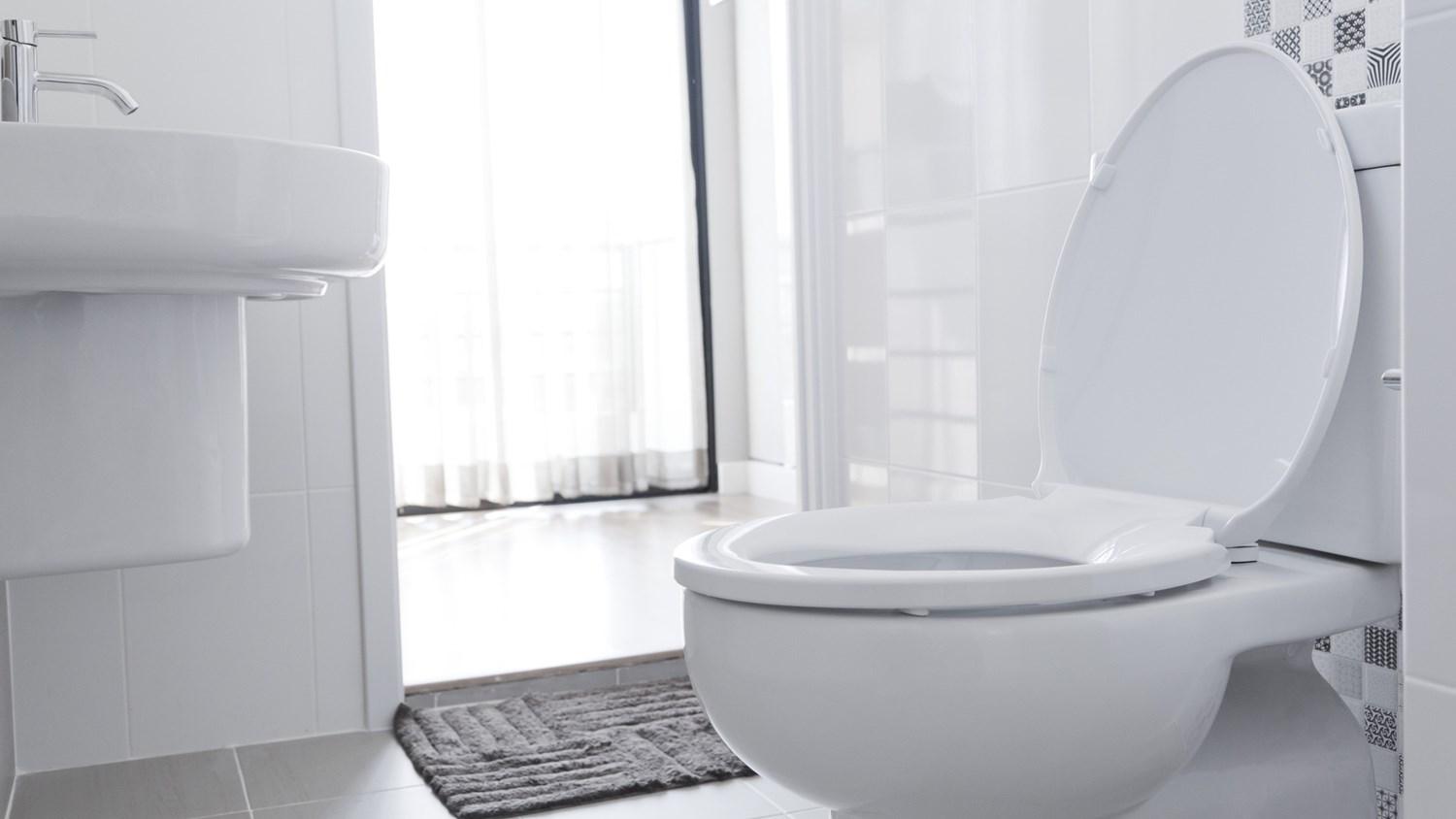
Incontinence chart
Peer reviewed by Dr Helen Huins, MRCGPLast updated by Dr Laurence KnottLast updated 20 Sept 2017
Meets Patient’s editorial guidelines
- DownloadDownload
- Share
- Language
- Discussion
This form is to: 1) Record the times you pass urine, 2) Record the amount of urine you pass on each occasion and 3) Record the times you leak urine (are incontinent).
Tick (to the nearest hour) each time you go to the toilet to pass urine.
If your doctor or nurse asks, when possible, also record the amount (volume) of urine you pass each time. You can use a household measuring jug to do this. If you are away from home and it is inconvenient to measure the amount then just record the time with a tick.
If you leak urine unintentionally, record the times it happens (to the nearest hour). Put one, two or three + signs in the box. + = damp. ++ = wet. +++ = soaking.

Patient picks for Urinary tract infections and symptoms

Kidney and urinary tract
What to do about constant UTIs
Cystitis is common in women of all ages, but for some, recurrent infections occur frequently and have a detrimental impact on quality of life. We examine the latest thinking on urinary tract infections and look at how to minimise their recurrence.
by Sally Turner

Kidney and urinary tract
What your pee says about your health
Your pee can tell you a lot about the state of your health and whether you're sufficiently hydrated, so it's worth glancing in the bowl after a tinkle. We chat to Dr Dawn Harper about what your waste could be trying to tell you.
by Gillian Harvey
Continue reading below
Article history
The information on this page is peer reviewed by qualified clinicians.
20 Sept 2017 | Latest version

Ask, share, connect.
Browse discussions, ask questions, and share experiences across hundreds of health topics.

Feeling unwell?
Assess your symptoms online for free